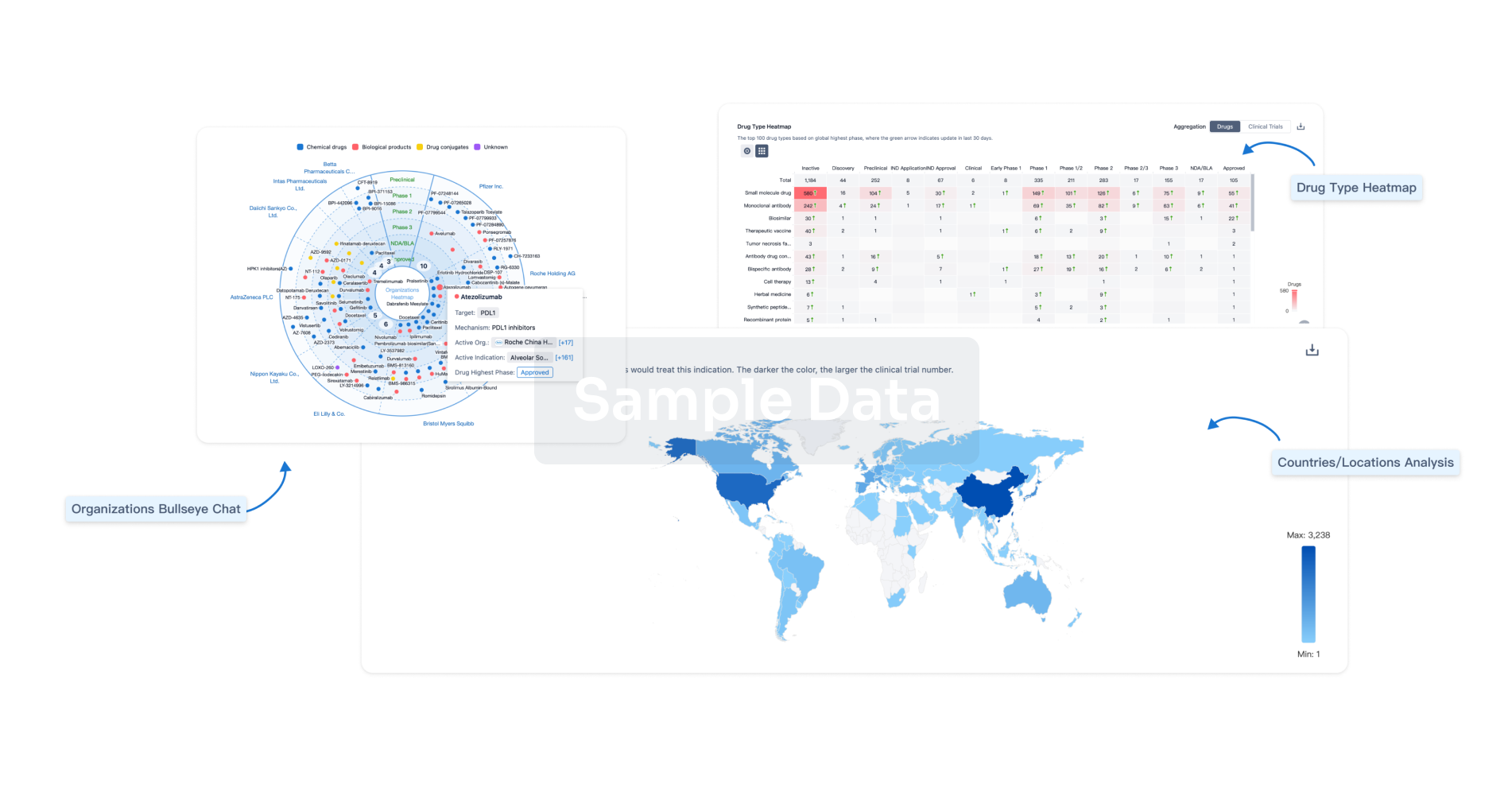Request Demo
Last update 08 May 2025
Drug Metabolism, Poor, CYP2D6-Related
Last update 08 May 2025
Basic Info
Synonyms DRUG METABOLISM, POOR, CYP2D6-RELATED, Drug Metabolism, Poor, CYP2D6-Related, 药物代谢,差,CYP2D6相关 |
Introduction- |
Related
2
Drugs associated with Drug Metabolism, Poor, CYP2D6-RelatedTarget |
Mechanism aromatase inhibitors |
Active Org. |
Originator Org. |
Active Indication |
Inactive Indication |
Drug Highest PhaseApproved |
First Approval Ctry. / Loc. Switzerland |
First Approval Date14 Oct 1999 |
Target |
Mechanism NET inhibitors [+1] |
Active Org.- |
Originator Org. |
Active Indication- |
Inactive Indication |
Drug Highest PhasePending |
First Approval Ctry. / Loc.- |
First Approval Date20 Jan 1800 |
17
Clinical Trials associated with Drug Metabolism, Poor, CYP2D6-RelatedNCT06837571
Assessment of Methadone Dose Taken
Proof of concept: Pilot Study
A Pilot, proof of concept, observational study with a long-term goal to develop a minimally invasive wearable Remote Medication Monitor (RMM) that provides continuous, real-time data on methadone levels in interstitial fluid (ISF). An RMM could be used as a medication adherence monitor and would allow for the physician, counselor, patient, or family member to remotely verify that a physician-prescribed dose has been taken.
A Pilot, proof of concept, observational study with a long-term goal to develop a minimally invasive wearable Remote Medication Monitor (RMM) that provides continuous, real-time data on methadone levels in interstitial fluid (ISF). An RMM could be used as a medication adherence monitor and would allow for the physician, counselor, patient, or family member to remotely verify that a physician-prescribed dose has been taken.
Start Date26 Apr 2025 |
Sponsor / Collaborator |
NCT06322238
A Multi-gene Pharmacogenetic Panel to Prevent Adverse Drug Reactions in Daily Primary Care Practice: Open-label, Mayo Clinic Multisite (Mankato-Rochester Primary Care), Controlled, Implementation Study Taking the Results of the PREPARE Study Into Minnesota (PREPARE-Mayo)
The purpose of this study is to determine whether the implementation of pre-emptive pharmacogenomic (PGx) testing of a panel of clinically relevant PGx markers, to guide the dose and drug selection for 39 commonly prescribed drugs, will result in an overall reduction in the number of clinically relevant drug-genotype associated ADRs which are causally related to the initial drug of inclusion (referred to as 'index drug').
Start Date01 Dec 2024 |
Sponsor / Collaborator |
NCT05981573
Assessment of Methadone Dose Taken
Proof of concept: Pilot Study
A Pilot, proof of concept, observational study with a long-term goal to develop a minimally invasive wearable Remote Medication Monitor (RMM) that provides continuous, real-time data on methadone levels in interstitial fluid (ISF). An RMM could be used as a medication adherence monitor and would allow for the physician, counselor, patient, or family member to remotely verify that a physician-prescribed dose has been taken.
A Pilot, proof of concept, observational study with a long-term goal to develop a minimally invasive wearable Remote Medication Monitor (RMM) that provides continuous, real-time data on methadone levels in interstitial fluid (ISF). An RMM could be used as a medication adherence monitor and would allow for the physician, counselor, patient, or family member to remotely verify that a physician-prescribed dose has been taken.
Start Date26 Aug 2024 |
Sponsor / Collaborator |
100 Clinical Results associated with Drug Metabolism, Poor, CYP2D6-Related
Login to view more data
100 Translational Medicine associated with Drug Metabolism, Poor, CYP2D6-Related
Login to view more data
0 Patents (Medical) associated with Drug Metabolism, Poor, CYP2D6-Related
Login to view more data
23
Literatures (Medical) associated with Drug Metabolism, Poor, CYP2D6-Related01 Jun 2024·Acta Gastro Enterologica Belgica
CYP2D6 polymorphism may contribute to Trazodone-induced hepatotoxicity: a rare case of drug-drug-gene induced liver injury
Article
Author: Missiaen, L ; Declerck, L ; Seynhaeve, L ; Melis, C ; Ferdinande, K ; Decaestecker, J ; De Vloo, C
01 Dec 2022·Clinical Pharmacology & Therapeutics
Physiologically‐Based Pharmacokinetic Model Development, Validation, and Application for Prediction of Eliglustat Drug–Drug Interactions
Article
Author: Al‐Kofahi, Mahmoud ; Jarnes, Jeanine R. ; Cheng, Shen ; Weinreb, Neal J. ; Kartha, Reena V. ; Sahasrabudhe, Siddhee A.
02 Sep 2019·Clinical ToxicologyQ3 · MEDICINE
Delayed resolution of amitriptyline toxicity secondary to CYP2D6 deficiency
Q3 · MEDICINE
Letter
Author: Greenberg, Michael I. ; Khalid, Muhammad Masood ; Dela Cruz, Maricel ; Vearrier, David
Analysis
Perform a panoramic analysis of this field.
login
or

AI Agents Built for Biopharma Breakthroughs
Accelerate discovery. Empower decisions. Transform outcomes.
Get started for free today!
Accelerate Strategic R&D decision making with Synapse, PatSnap’s AI-powered Connected Innovation Intelligence Platform Built for Life Sciences Professionals.
Start your data trial now!
Synapse data is also accessible to external entities via APIs or data packages. Empower better decisions with the latest in pharmaceutical intelligence.
Bio
Bio Sequences Search & Analysis
Sign up for free
Chemical
Chemical Structures Search & Analysis
Sign up for free



